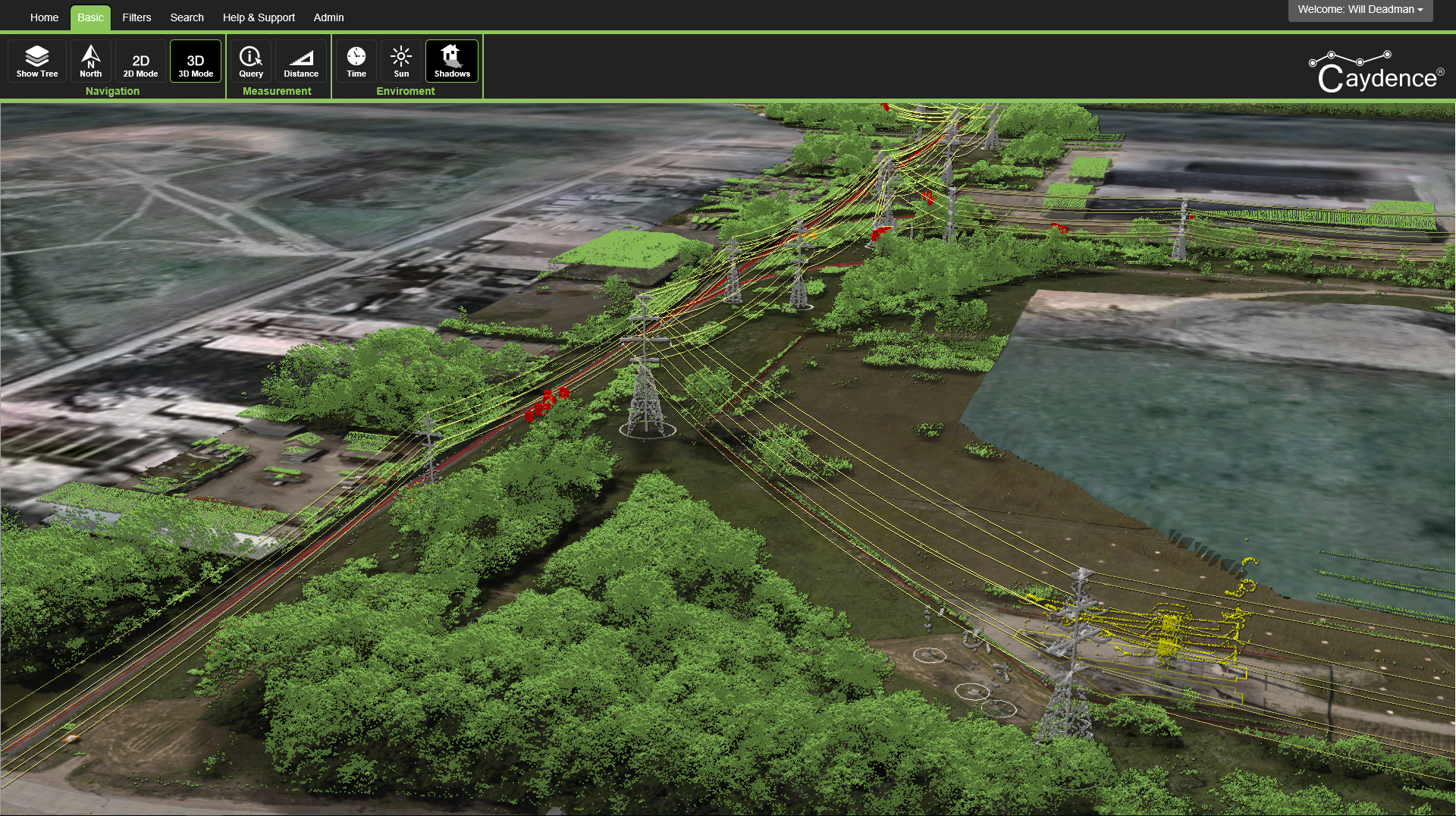How can the Digital Twin concept be applied to electricity networks?
By Tim Hustwayte, Marketing Manager
Before discussing its various merits we should first consider exactly what we mean by the concept of a Digital Twin. A digital twin is a technology approach where you have an identical digital representation of a real world asset. This representation is populated so precisely that the virtual world can be used to predict problems in design, uncover trends over time or conduct simulations. Further the Digital Twin should be updated in real time so it remains a ‘living, breathing’ copy of the real world.
How does a Digital Twin work?
Essentially there are two components to this approach. Firstly, a Digital Twin needs to be an exact duplicate of the real world asset. This is often done with the use of remote sensing to ‘scan’ the asset in question. However, it can also be done pre-build from the intended design. The digital twin model requires the input of data sources to make it functional. This means populating asset, manufacturing, service record or environmental information to name just a few of the potential options.
Secondly, an analytics package is required to be able to harness this data in order to deliver insights into the operation and plan scenarios of the asset. Keeping the data in the model current is essential to ensure the validity of any forecasting or analysis.
Why is the Digital Twin approach useful?
This approach enables various business sectors to accurately understand current operations and predict future scenarios. Thereby leading to better planning decisions and optimising how businesses work. Furthermore, if performed effective analytics it will lead to improved asset performance, better reliability, improved customer service and healthier bottom lines.

Example of using geospatial and asset data to build up a 3D representation of a Canadian electricity network.
How can this trend be applied to electricity networks?
Digital Twins are being used in manufacturing, retail, healthcare and many others. They also make sense for city planning offices, major infrastructure, and of course electricity networks.
The model can respond to changes in load patterns and grid performance, such as those related to distributed energy resources. This is also relevant when you consider the rise of electric vehicles that are being forecasted. With grid capacities likely to be stretched ever further, a dynamic approach to modelling scenarios and risks becomes essential.
All told, the possibilities of the digital twin approach coupled with higher resolution data sources are potentially great. Scenario planning and decision optimisation using a live data model offer utilities a rare opportunity to increase network reliability and deliver an even better customer experience.
